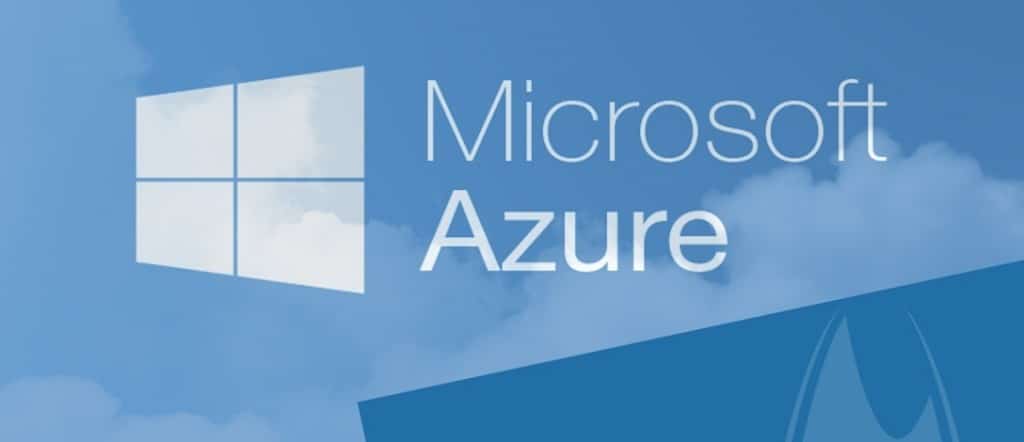Permettre aux entreprises d’offrir des services Azure depuis leur propre datacenter : tel est le but d’Azure Stack dont Microsoft annonce le lancement ce vendredi en Technical Preview (version bêta technique) sur son blog dédié à la plateforme cloud.
Outre une architecture standardisée unique, Azure et Azure Stack disposent du même portail, du même modèle d’application basé sur Azure Ressources Manager et d’outils DevOps communs. Les développeurs ont par ailleurs accès à des outils tels que Visual Studio ou Power Shell.
Au cours des prochaines versions techniques, Microsoft indique qu’il enrichira Azure Stack avec de nouveaux services et du contenu (OS Image, modèles Ressource Manager…).
Enfin, grâce à la contribution de Canonical, les applications sous Ubuntu Linux seront opérationnelles dans l’environnement Azure Stack.
La plateforme de cloud hybride Azure Stack permettra aux entreprises de délivrer rapidement des services tout en se conformant aux exigences d’une bonne gouvernance estime la firme de Redmond qui promet par ailleurs d’autres innovation concernant Azure cette année.
Pour connaître les exigences de la plateforme en matière de hardware, l’éditeur renvoie aux spécifications techniques fournies le mois dernier par Jeffrey Snover, Technical Fellow Microsoft.
Hardware requirements for Azure Stack Technical Preview (POC)
Note that these requirements only apply to the upcoming POC release, they may change for future releases.
|
Component |
Minimum |
Recommended |
| Compute: CPU | Dual-Socket: 12 Physical Cores | Dual-Socket: 16 Physical Cores |
| Compute: Memory | 96 GB RAM | 128 GB RAM |
| Compute: BIOS | Hyper-V Enabled (with SLAT support) | Hyper-V Enabled (with SLAT support) |
| Network: NIC | Windows Server 2012 R2 Certification required for NIC; no specialized features required | Windows Server 2012 R2 Certification required for NIC; no specialized features required |
| Disk drives: Operating System | 1 OS disk with minimum of 200 GB available for system partition (SSD or HDD) | 1 OS disk with minimum of 200 GB available for system partition (SSD or HDD) |
| Disk drives: General Azure Stack POC Data | 4 disks. Each disk provides a minimum of 140 GB of capacity (SSD or HDD). | 4 disks. Each disk provides a minimum of 250 GB of capacity. |
| HW logo certification | Certified for Windows Server 2012 R2 | |
|
Storage considerations |
||
| Data disk drive configuration: All data drives must be of the same type (SAS or SATA) and capacity. If SAS disk drives are used, the disk drives must be attached via a single path (no MPIO, multi-path support is provided) | ||
| HBA configuration options: 1. (Preferred) Simple HBA 2. RAID HBA – Adapter must be configured in “pass through” mode 3. RAID HBA – Disks should be configured as Single-Disk, RAID-0 |
||
Supported bus and media type combinations
* RAID controllers without pass-through capability can’t recognize the media type. Such controllers will mark both HDD and SSD as Unspecified. In that case, the SSD will be used as persistent storage instead of caching devices. Therefore, you can deploy the Microsoft Azure Stack POC on those SSDs. ** For tiered storage, you must have at least 3 HDDs. |
||
| Example HBAs: LSI 9207-8i, LSI-9300-8i, or LSI-9265-8i in pass-through mode | ||
While the above configuration is generic enough that many servers should fit the description, we recommend a couple of SKUs: Dell R630 and the HPE DL 360 Gen 9. Both these SKUs have been in-market for some time.
Hope you all have a great holiday season and look around for those servers, so you have it ready to go when we release the Azure Stack preview. See you in the new year!
